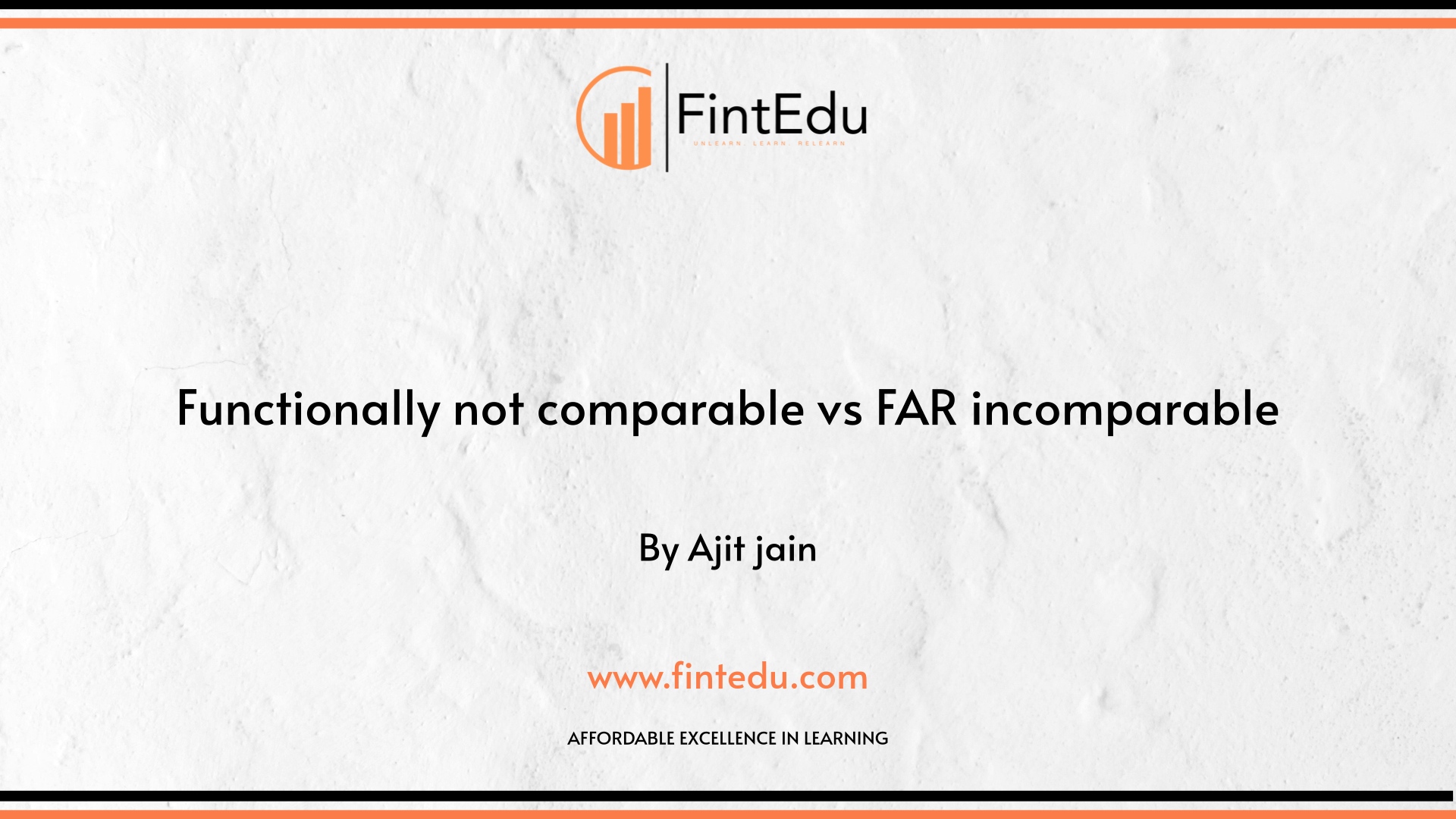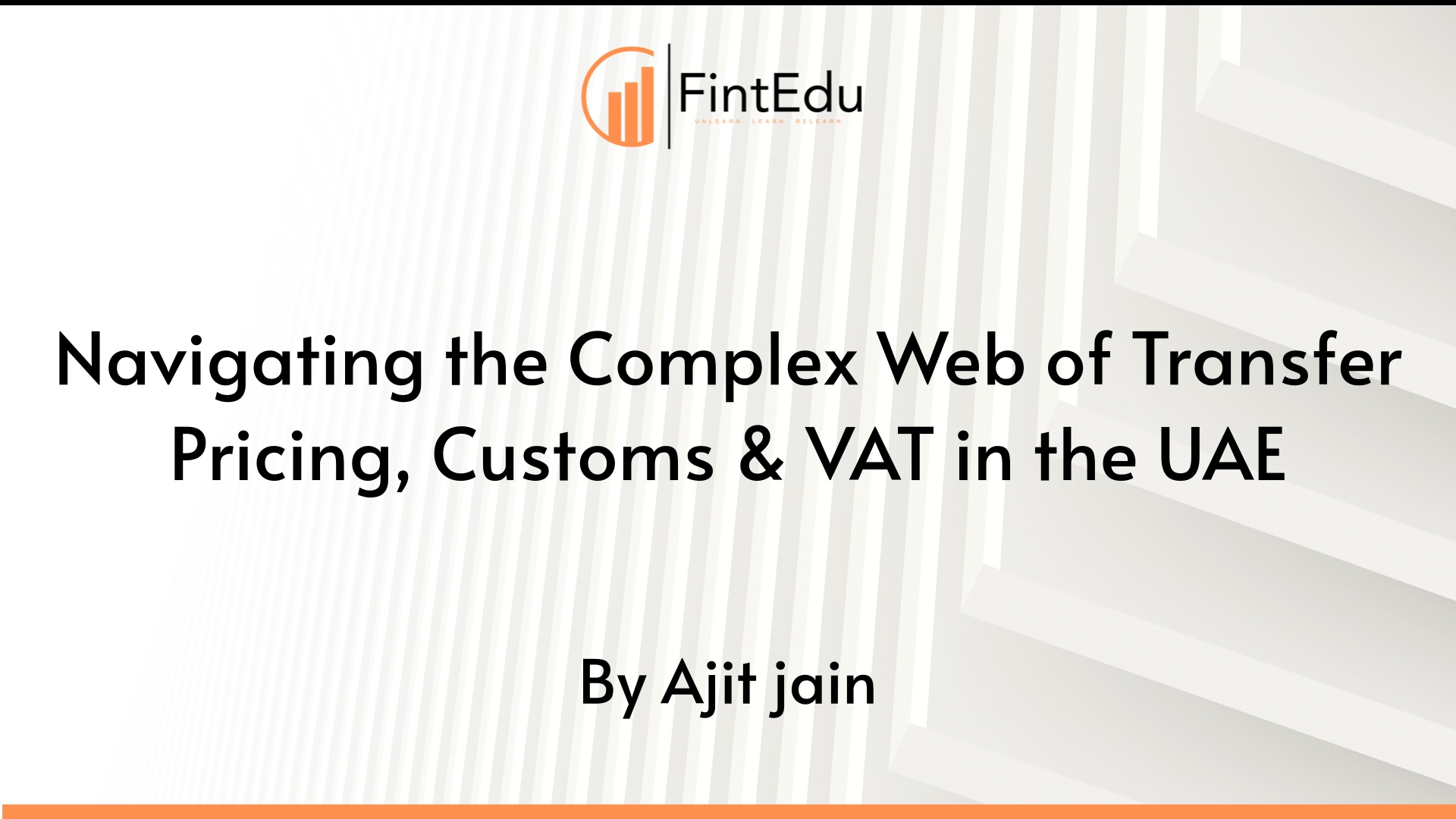LISTEN TO THIS ARTICLE
The introduction of corporate tax and transfer pricing (TP) regulations in the UAE, along with existing customs and VAT rules, has created a complex web of tax considerations for businesses operating in the country.
For any business, there is need of consistency in the approach followed for direct and indirect tax regulations for business dealings. Any inconsistency may result into dispute with tax authorities.
In this article, the author had discussed the implications and inter-play of transfer pricing, custom and VAT and also the practical approaches to deal with any inconsistencies.
The Importance of Alignment in the UAE Tax Environment
The UAE has long been known for its tax-friendly regime. However, with the introduction of VAT in 2018, corporate and transfer pricing in 2023, the tax landscape has been changing significantly. The businesses has been adapting to new regimes. However, it is important to understand the interplay of TP, Custom and VAT.
Customs Valuation: The Gateway Consideration
Customs valuation in the UAE follows the World Trade Organization (WTO) Valuation Agreement.
However, when dealing with related-party transactions, customs authorities may scrutinize whether the relationship has influenced the price. This is where TP and customs intersect critically. Example: An MNE's TP policy may dictate a lower price for goods sold to a related party in the UAE as per the TP benchmarking analysis. However, this may lead to a lower declared customs value, inviting scrutiny from customs authorities. Further, the TP methods used in determining the arm’s length pricing may not be aligned with the method for custom valuation.
VAT: The Transactional Overlay
VAT, introduced in the UAE in 2018 at a standard rate of 5%, adds another layer of complexity to cross-border and domestic related-party transactions. While VAT is generally straightforward in its application, its interaction with TP and customs can create challenges.
For instance, a UAE company providing t services to its regional subsidiaries must not only ensure that its service fees are arm's length for TP purposes but also correctly apply VAT on these charges. Furthermore, for imported goods, the VAT-inclusive landed cost is influenced by the customs value, which in turn may be impacted by TP considerations.
TP, customs, and VAT are often managed by separate teams within an organization, each with its own priorities and expertise. The lack of coordination and communication between these teams can result in inconsistent positions and increased tax risks. Example: The TP team may implement a year-end adjustment to comply with the arm's length principle, but fail to inform the customs and VAT teams, leading to potential non-compliance and exposure to penalties.
The Interplay: A Practical Scenario
Consider a UAE-based technology company, "TechInnovate LLC," which is a subsidiary of a global tech giant. TechInnovate imports high-end components from its parent company and distributes finished products in the Middle East market. Here's how TP, customs, and VAT intersect:
1.Transfer Pricing: TechInnovate needs to justify that the price paid for the imported components is arm's length. They might use the Comparable Uncontrolled Price method if similar components are sold to unrelated distributors in comparable markets.
2.Customs Valuation: UAE customs will scrutinize the declared value of the imported components. If they find the transfer price suspiciously low, they may challenge it, potentially leading to higher import duties.
3.VAT Implications: The VAT on import will be calculated on the customs value plus any import duties. If the customs value is adjusted upward, this will result in a higher VAT charge on import.
4.Year-End Adjustments: If TechInnovate's profitability falls outside the arm's length range at year-end, a TP adjustment may be necessary. This could involve a year-end true-up payment to or from the parent company.
5.Customs and VAT Impact of Adjustments: Any year-end TP adjustment could necessitate amendments to previously filed customs declarations and VAT returns, potentially resulting in additional duty and VAT liabilities or refund claims.
Key Takeaways and Best Practices
To effectively navigate the complex interplay between transfer pricing, customs, and VAT in the UAE, businesses should:
1.Adopt a holistic approach to tax planning, considering the impact of TP policies on customs valuations and VAT treatments.
2.Ensure strong communication and collaboration between finance, tax, and logistics teams.
3.Implement robust documentation practices to support pricing decisions and methodologies across all tax areas.
4.Leverage technology for data management and analysis to maintain consistency across TP, customs, and VAT reporting.
5.Regularly review and update TP policies, considering potential customs and VAT implications of any changes.
6.Consider proactive engagement with tax and customs authorities to obtain advance rulings or agreements on complex issues.
7.Monitor transfer prices throughout the year to minimize the need for significant year-end adjustments, which can complicate customs and VAT reporting.
8.Stay informed about regulatory changes and evolving practices in the UAE tax landscape.
By embracing these strategies and understanding the intricate relationships between transfer pricing, customs, and VAT, businesses can minimize risks, optimize their tax positions, and focus on driving growth and value creation in the UAE market
Disclaimer: Content posted is for informational and knowledge sharing purposes only, and is not intended to be a substitute for professional advice related to tax, finance or accounting. The view/interpretation of the publisher is based on the available Law, guidelines and information. Each reader should take due professional care before you act after reading the contents of that article/post. No warranty whatsoever is made that any of the articles are accurate and is not intended to provide, and should not be relied on for tax or accounting advice.
Contributor
Related Posts


@@PLUGINFILE@@/Bahrains%20Domestic%20Minimum%20Top-up%20Tax%20%28DMTT%29%20Regulations%20An%20overvi...
Read More
@@PLUGINFILE@@/Transfer%20Pricing%20in%20the%20Cryptocurrency%20Space%20Global%20Perspectives%...
Read More